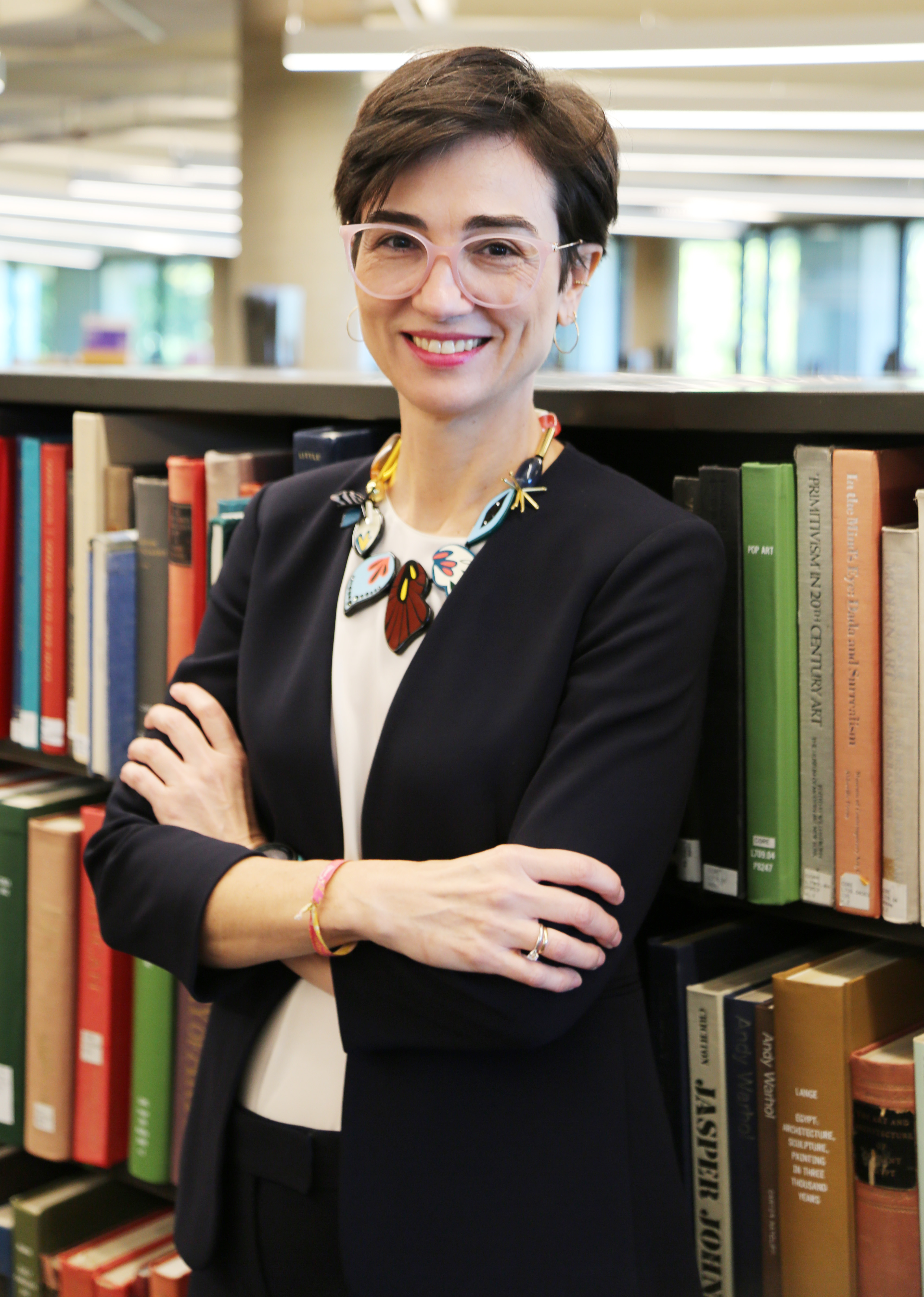Growing a collection, one data-driven decision at a time
I have the best job in this building. Since last October, when I took on this role, I have had the responsibility of ensuring that our community can connect with the knowledge it needs to test hypotheses, make discoveries, and create new things. It’s awesome work.
 The term collections in my title is very broad, and it encompasses many activities, services, and programs in service of the University. People tend to think that building a collection is just buying books, but it’s actually a more complex (and, to me, exciting) enterprise.
The term collections in my title is very broad, and it encompasses many activities, services, and programs in service of the University. People tend to think that building a collection is just buying books, but it’s actually a more complex (and, to me, exciting) enterprise.
One aspect of my role is to formulate a strategy for purchasing new library materials while keeping an eye on the most creative and efficient ways to make our budget last. We have multifaceted needs but limited means; a collection strategy helps us navigate the chasm between those poles.
Collection development at an academic research library has a dual mission. We must support our community’s research interests and fields of study as we also build collections with enduring value, beyond the here and now.
First, our collection must always be evolving to meet the growing interests of our thousands of faculty members, to say nothing of the thousands of postdocs, graduate students, and undergraduates conducting research.
That means taking a proactive approach to acquisitions, using data to analyze the use of materials, listening to our scholarly community, and scrutinizing the evolving academic priorities of the University. Then we can be sure our community has immediate access to essential books, journals, databases, datasets, and historical news sources—all drawn from around the globe in multiple languages and formats—without having to wait months for us to negotiate their purchase and catalog them.
Second, we are committed to building rare collections that can inspire research at Northwestern and beyond. For example, our John Cage Collection began in the early 1970s with a small donation from the composer himself; since then, through targeted acquisitions and additional donations, it has become one of our most-requested collections. For years, researchers from around the world have come here to study these materials—so much so that we’ve established a travel grant exclusively to encourage more scholars to visit. This proves that the things we collect today can have meaningful utility for the scholars of tomorrow. We continue to refine the vision for these collections and ensure that we invest strategically for the future.
We do all this while considering creative ways to get more from our budget. That can take the form of working with our partner libraries in the Big Ten Academic Alliance to negotiate beneficial collective agreements with academic publishers. Or it can mean encouraging new open publishing ventures that make Northwestern research more affordable, more accessible, and thus more impactful. (See more about our open access work in this issue.)
Managing the collections of a library requires a broad view but also an eye for the details. It's complex and nuanced work, and I love it.